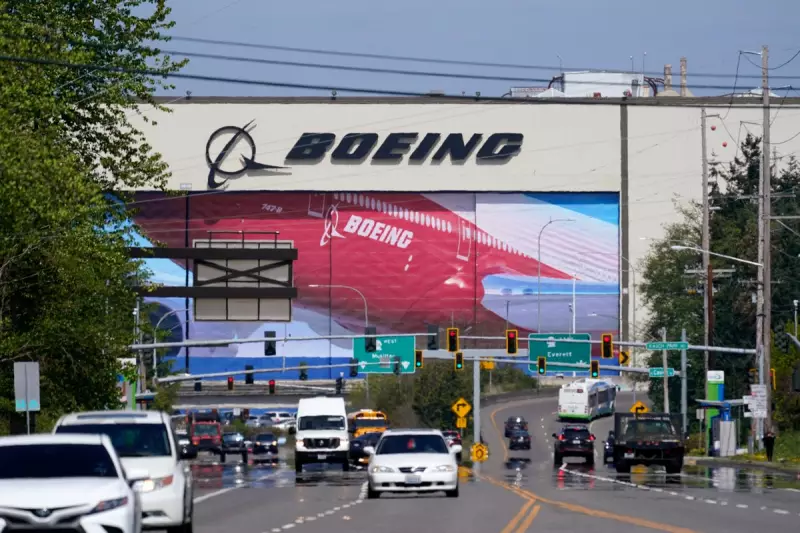
The Federal Aviation Administration has launched a sweeping new investigation into Boeing's manufacturing practices, following the alarming mid-air panel blowout on an Alaska Airlines flight that has reignited safety concerns about the aerospace giant.
This fresh probe comes after a door plug dramatically detached from a Boeing 737 MAX 9 aircraft during Alaska Airlines Flight 1282's ascent from Portland, Oregon, forcing an emergency return. The incident left a gaping hole in the aircraft's fuselage and triggered panic among passengers.
Manufacturing Under Scrutiny
According to FAA statements, the investigation will focus specifically on whether Boeing failed to ensure its completed products conformed to approved design standards and met the required safety conditions for safe operation. The regulatory body emphasised that manufacturers must maintain quality control systems that prevent and detect safety hazards.
The Alaska Airlines incident represents the latest in a series of setbacks for Boeing's troubled 737 MAX programme, which was previously grounded worldwide following two fatal crashes that claimed 346 lives.
Immediate Groundings and Inspections
In response to the January incident, the FAA took decisive action by temporarily grounding 171 similar 737 MAX 9 aircraft operated by US airlines or within US territory. These aircraft were only permitted to return to service after completing rigorous inspections and maintenance procedures.
Aviation experts note that while no serious injuries resulted from the Alaska Airlines incident, the potential consequences could have been catastrophic had it occurred at higher altitude.
Broader Implications for Aviation Safety
This new investigation signals growing regulatory concern about Boeing's manufacturing consistency and quality assurance processes. The FAA has indicated it will scrutinise whether Boeing's oversight of its supply chain and production lines meets required standards.
The outcome of this probe could have significant implications for Boeing's production rates, certification processes for new aircraft variants, and its relationship with global aviation regulators.
As the investigation unfolds, airlines, passengers and industry observers await answers about how such a fundamental manufacturing issue could occur on a modern commercial aircraft.





